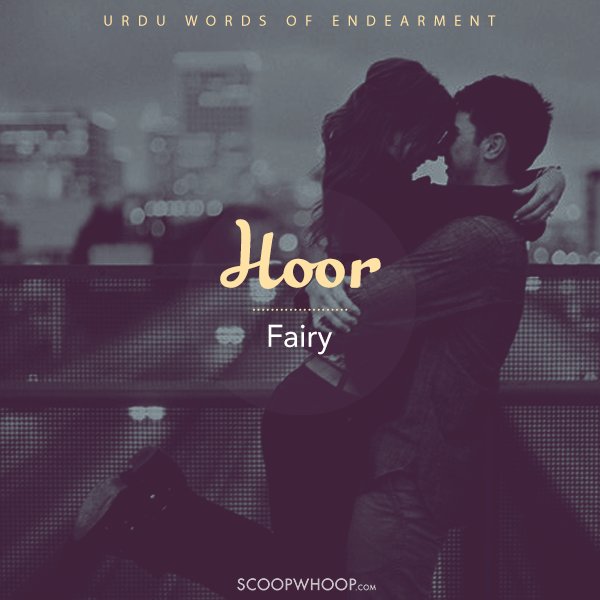
Romantic literature was personal, intense, and portrayed more emotion than ever seen in neoclassical literature. Largely disconnected from the major streams of the literature of his time, Blake was generally unrecognized during his lifetime, but is now considered a seminal figure in the history of both the poetry and visual arts of the Romantic Age. Lyrical Ballads is a Magna-Carta. Minor romantic poets include Robert Southey —best-remembered today for his story Goldilocks and the Three Bears —Leigh Hunt , Thomas Moore , and Walter Savage Landor.
The romantic era was also rich in literary criticism and other nonfictional prose. During this time, literature began to move in channels that were not entirely new but were in strong contrast to the standard literary practice of the eighteenth century. It covers a range of developments in art, literature , music and philosophy, spanning the late 18th and early 19th centuries.
Although we now know the Romantic period as an age of poetry, the prose essay, the drama and the novel flourished during this epoch. This period saw the emergence of the literary critic, with accompanying anxieties over the status of criticism as literature. English literature : the romantic period was an important artistic, literary and intellectual movement originated in Europe in the late 18th century (in english). Descrizione in lingua inglese del periodo culturale del romanticismo.
The age of transition in english literature. Letteratura inglese — Riassunto del periodo storico e biografia di Samuel Johnson Early Romantic Poetry. So, here we are in the Romantic era.
We stumble upon Wordsworth, Coleridge, Shelley, Keats on the heels of the Neoclassical era. We saw amazing wit and satire (with Pope and Swift) as a part of the last age , but the Romantic Period dawned with a different poetic in the air. It was partly a reaction against the clear, rational literature from the Age of Enlightenment. Characteristics of the Romantic Movement help define it. This ties into the rebellion typical of the age.
Romantic writing also features interest in ruins from ancient. This presentation was prepared in order to introduce The Romantic Period in England for undergraduate students who want to become an English Teacher. Romanticism is marked by its breaking of traditional writing conventions.
Authors of this school often chose unusual settings from the past or future, settings with magical or mythic elements or even off-planet. In literature , this was above all the age of poetry which reflected the important social and political aspects of the perio marking a watershed in the development of the genre. The Romantic poets Burns, Blake, Coleridge, Wordsworth ( first generation), Byron, Shelley and Keats ( second generation ), do not form a school, but their output shows a number of unifying themes and ideas.
It rejected rigid forms and structures. The Romantic period or Romantic era lasted from the end of the Eighteenth Century towards the mid 19th Century. In the 18th century, romanticism is eclipsed by the Age of Enlightenment, where everything is perceived through the prism of science and reason.
In the 19th century, romantic means sentimental : lyricism and the expression of personal emotions are emphasized. Feelings and sentiments are very much present in romantic works. In the explanation below are six dominant features of Romantic Literature. This comprises of or similar to a romance and the traits of romanticism. Imagery plays a vital role of having no basis in fact.
Then there is visionary, the state of impractical inconception of plan or romantic ideas.
Inga kommentarer:
Skicka en kommentar
Obs! Endast bloggmedlemmar kan kommentera.